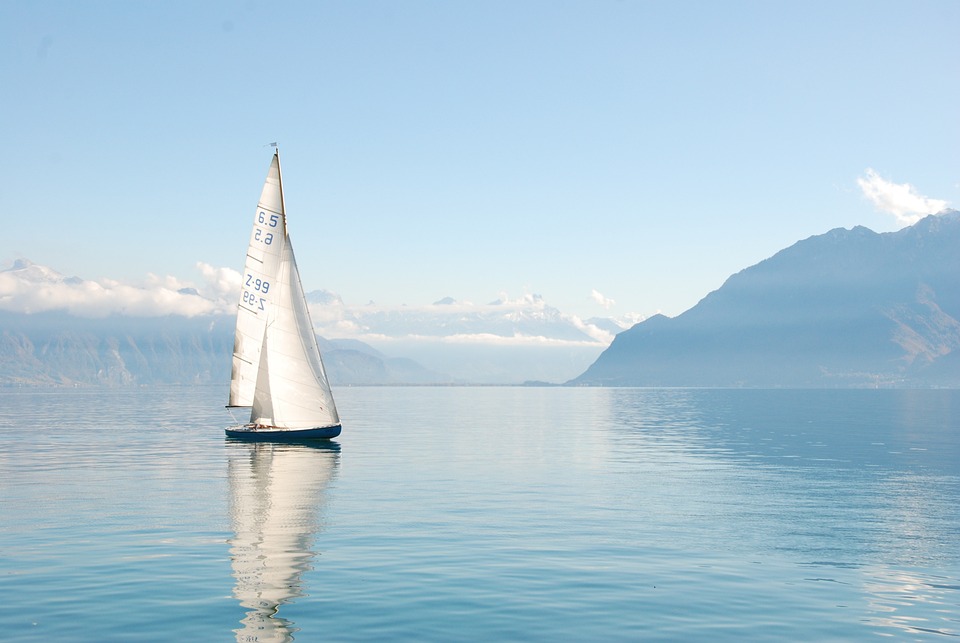Almost ready to board your model ship? not exactly. Let’s end the discussion about framing. Before the shingles and shingles can be installed, all framing must be properly pitched. This means that the outer edges of all frames are angled to a greater or lesser extent to follow the track of the body to provide strong support for the arms. In English you say! OK – the bulkheads in the middle of the ship will be square but angled towards the bow or stern towards the bow or stern and the amount of bevel will increase the closer you get to either end. This is done so that the panels have as much bonding area as possible with the partitions. The oblique angle is usually found in waterline drawing. It is best to do a rough chamfer before attaching the baffles to the false beam so as not to loosen the entire frame of the structure in the process. Use a rasp or a long piece of sand paper attached to a piece of wood. Once the curbs are attached to the crossbar frame, use some sandpaper to refine the angle.
Speaking of the waterline, make sure you have drawn the water load line on both the false keel and bulkhead. The waterline at which a laden ship floats is usually not the same as the design waterline because ships tend to be trimmed aft and so the waterline is not parallel to the keel.
Start with the wales before any planks. The sheets are a series of heavy planks that may be the same width as the hull panels but are thicker so that they protrude beyond the planks. The tops and bottoms are usually slightly rounded and you can find more than that on a ship. Edges are used to provide additional support for the frame. When installing the shafts, run alternately from right side to port side and make sure they follow the markings on the edge of the tire and have an even, smooth operation without flat spots and sudden bends. Now we get into some of the nitty-gritty of building 16th- and 17th-century ships versus 18th- and 19th-century ships. The first had an extension of 3 to 4 inches behind the shingles and later 2 to 3 inches.
For the rest of this series of articles, I’ll be talking about an 18th-century ship that measured 155 feet in length. The scale will be 1:48. So the actual length of the model is 38.6 inches. In the example above for the wale protrusion, you would want the wale to extend 1.5mm beyond the plank.
Now that we’re talking about scale, let’s look at the length and width of the boards used on an 18th-century ship. The width was between 11″ and 14″ which extrapolates to 7mm as the perfect gauge width. The boards were between 20 feet and 24 feet in length or about 5″ or 140 mm in gauge.
The most common type of plank is carvel in which individual planks or strips are joined together. For modeling purposes, the most practical way to planks is to attach them in two layers. The first base layer will be a thicker piece of wood that provides structure and shape to the hull (you can think of this layer as a planking exercise). The second layer is a veneer that is your finishing layer. For the base layer, you don’t have to worry about scale length. To provide additional rigidity, you can stick pieces of wood between the partitions on the inside of the structure. There are strong curves at both the bow and stern ends. You want to pre-shape the panels as best you can. There are a number of methods you can use but they all involve water and dancing. Soak the plank in warm water for ten to fifteen minutes. This is just enough time to make the xylem cells flexible without breaking the cell structure. Lay the wet wood into a jig that mimics the look you want and let it dry. For very extreme bends or very thick pieces of wood, you may want to go through this process a few times changing the angles of the jig as you go.
And now for a few words about wood-bending tools. The simplest jig is the one you make from scrap plywood and screws. Shape the nails into a crescent shape and wrap them with tape to prevent rust spots from appearing on the plank. There are commercially available tools that do the same thing but they are adjustable so you can change your angles. Another method is to use an electric sheet bender. This is an excellent tool for cutting thick wood. You will only need to process the plank once and it will keep its shape. Some builders wet their wood and hold it over a candle flame while bending the wood. Others make a steam pipe out of plastic plumbing pipe that is capped at both ends (one end can be removed). Whichever method you use, remember that if you are using wood glue to adhere the plank to the frame, you need to let the wood dry completely because wood glue is water soluble (the key to success when gluing two pieces of wood together). An alternative is to use contact cement. The advantage of this glue is that the wood can be applied both wet and in its most pliable state.
The next helpful step is to measure the actual extent of the shingles on the structure. To do this, divide the hull in the mid-ship frame into sections the same size as the width of the boards. Now you can count the number of panels, and divide each partition in turn into the same number of divisions. If the points marked in this way are connected with a thin oblique bat, you will get the exact path of the lines. At the ends, the panels shall not be narrower than 3.5mm or greater than 10.5mm for a 7mm wide panel.
Start applying the panels one by one, first the right side and then the port side. There are several methods you can use to attach the boards to the frames while the glue dries. There are clips with flanges that either screw into the frame or attach to it and hold the board in place. Since you are applying the undercoat, you can also use copper nails to attach the board to the frames. The nail heads will come off so you can leave them in place once the glue has cured. But the best way is to put a slick of CA (quick drying) glue on one end of the board for positioning, then apply wood glue to the rest of the board, turn the TV on to your favorite game, and while you’re having fun, hold the board in place with your fingers for about 20 minutes. On the next trade break, start with another plank on the opposite side of the structure. I estimate that in a 3 hour game you should be able to apply 8 boards.
With the first coat now, planked wood filler applied over the entire structure, and later sealed and sanded. This is repeated until every crack, groove, dent and bulge has completely disappeared. Ensure that the hull is symmetrical on the starboard side and port side and check the range from bow to stern.
Now it’s time to apply the final veneer coat. For our sample hull, we will apply the veneer in about 5 sections. The usual pattern for the butt shift is either three shifts of the plank or four shifts of the plank. Just remember that breeches always conform to the frames. You may want to apply or simulate nails or nails and you may also want to simulate tar lines between lines. Apply the veneer in the same ways that you used to apply the first coat of plank.
Once the structure is glued on, this is the perfect time to put the finishing touches on. For unpainted objects, a semi-gloss paint diluted at 30% should be used for the first two coats and then full strength for the final coat. Sand lightly between applications.
If you intend to paint the hull and before the hull of the model ship is mounted on a display stand, the hull must be completed underwater. First mark the waterline on the hull. Again, there are commercially available tools, but a block of wood with a pencil held at the correct height for the ship’s waterline works great. Just walk carefully with the piece of wood around the stable structure. Below the waterline the hull is usually painted with coal tar which is a dark brown or almost black colour. Sulfur is often added to tar to provide protection against worm attack. This resulted in a yellowish grey. The alternative was to paint the underwater hull with a white lead paint which would result in a dirty white paint.
From the middle of the 18th century, it became common practice to sheathe the underwater hull with copper sheets. For our purpose, we’ll assume our ship was built after 1850 and was British, so it would have had a brass sheath. The plate was supposed to be 48″ x 15″ sizing resized to 25.4mm x 8mm with a thickness of .004″ to simulate nail fasteners you can either buy preformed pieces or use copper strips cut to size and a 7/16″ swooping wheel to simulate screw heads. The copper sheets are usually overlapped from bow to stern and from top to bottom of the hull. So start at the bottom of the butt and work forward and up. Contact cement is good for adhering the panels to the hull. After the installation is complete, clean them up and apply a layer of clear protective coating
Our next topic will be on deck.



0 Comments